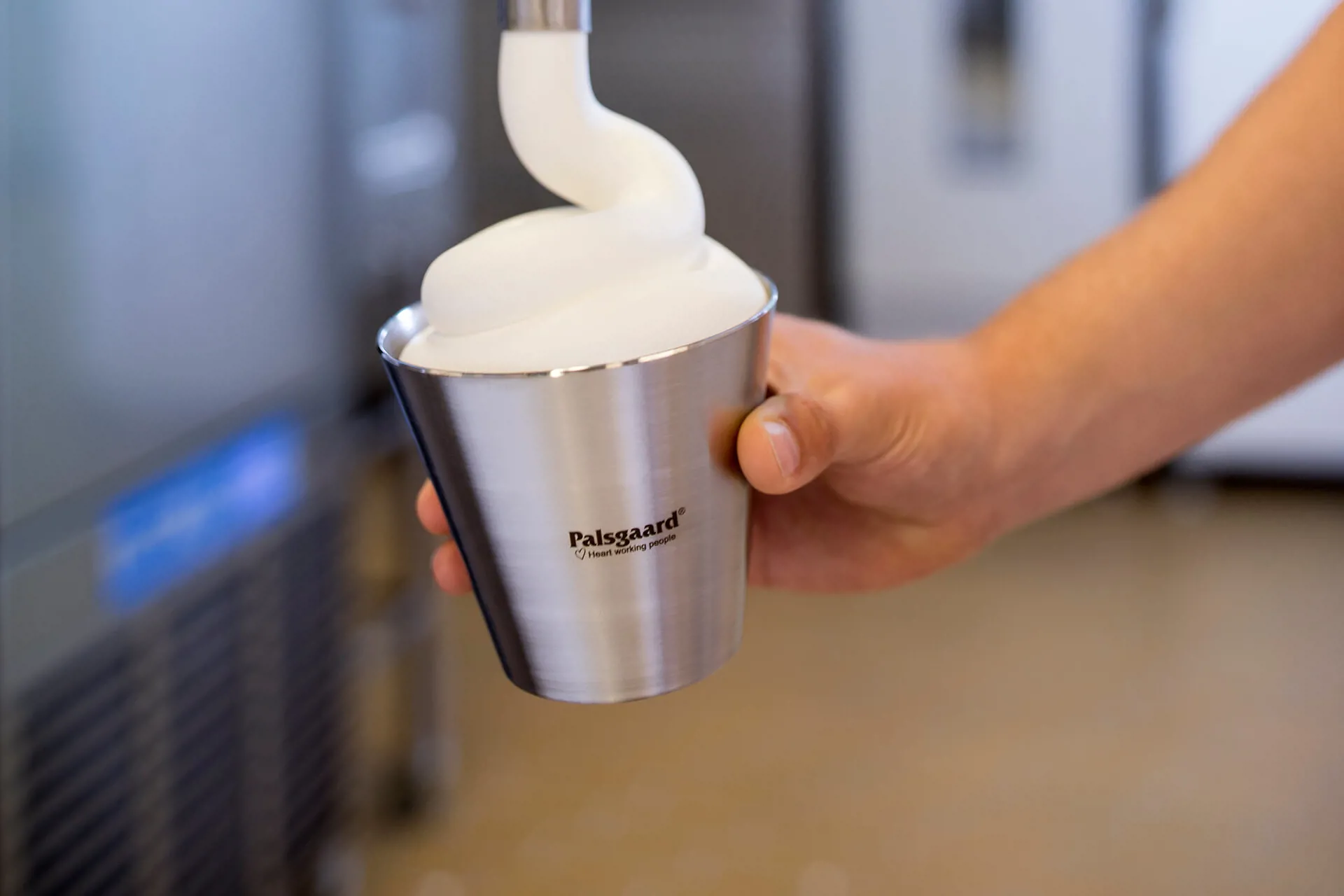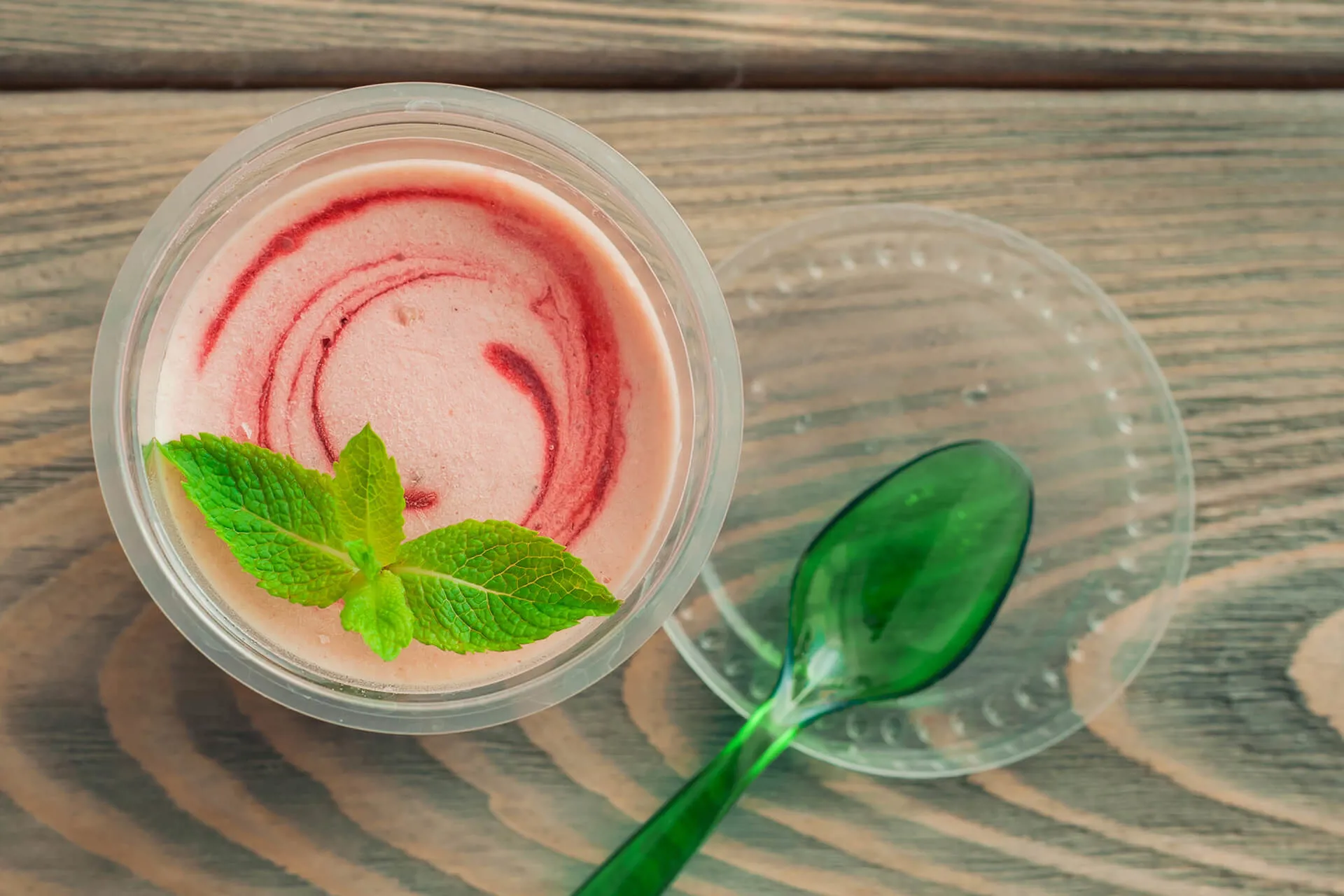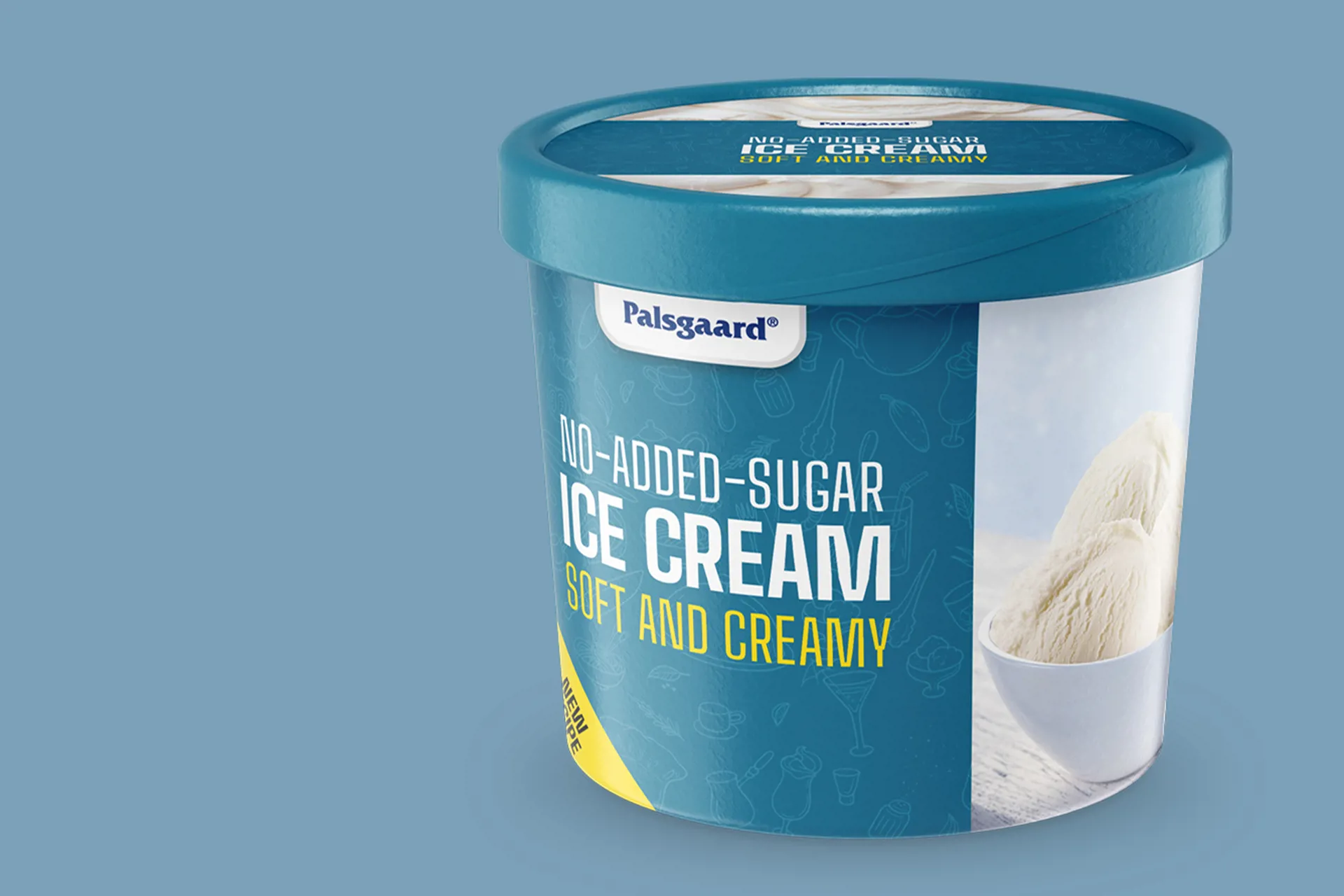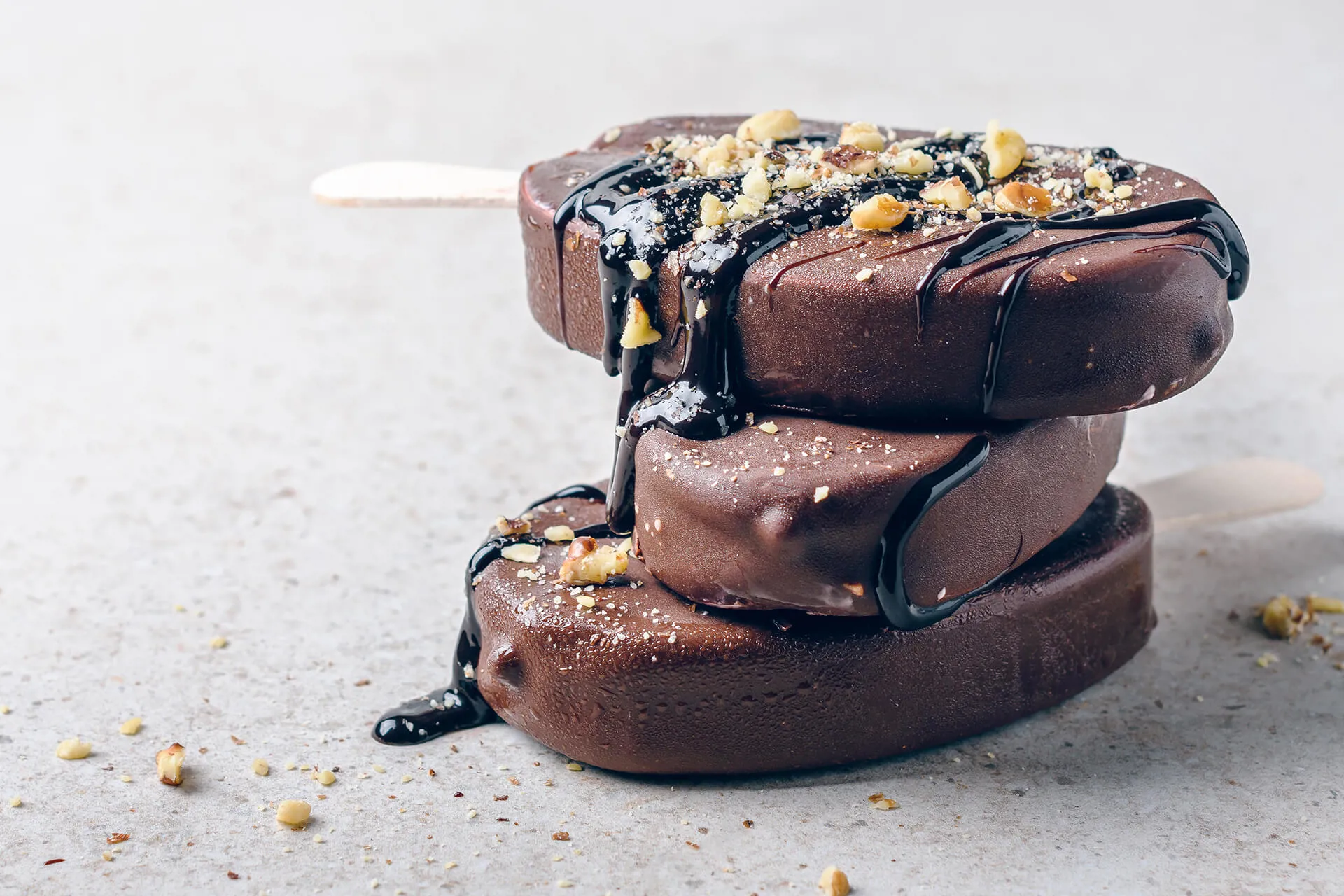Share our insights in these technical articles about ice cream

TROUBLESHOOTING BY PALSGAARD
How to make good quality ice cream

TECHNICAL ARTICLE
How to create high overrun ice cream without compromising on quality

TECHNICAL ARTICLE
How to achieve perfect melting resistance in ice cream

TECHNICAL ARTICLE
How to produce ice cream with good heat shock stability

TECHNICAL ARTICLE
How to make soft and creamy high-protein ice cream

TECHNICAL ARTICLE
How to make no-added-sugar ice cream

TECHNICAL ARTICLE
How to beat the LBG price spiral and still control ice cream quality and costs







